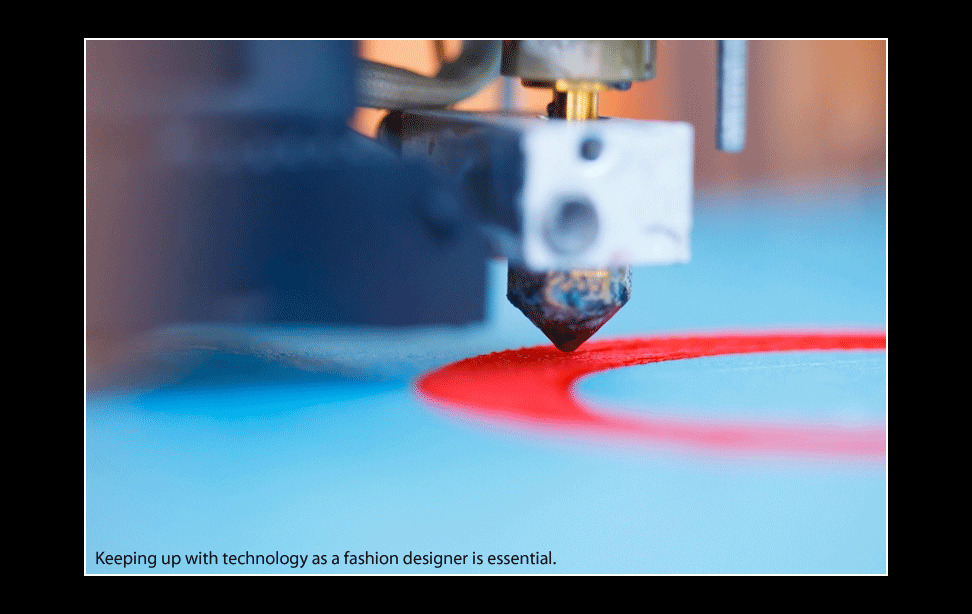3D printing and fashion
As time goes on, the ways in which art is produced continue to evolve through technological advances. In the past, fashion designers needed to have drawing skills for their sketches, in addition to many other talents. Now, most practices have moved away from hand drawing and toward designing with computer programs. This doesn't mean that these skills aren't needed, however. If anything, having proficiency in technology in addition to natural talents is essential.
One of the newer developments in the fashion industry is the use of 3D printing. This innovation has the potential to change the fashion industry in a multitude of ways. If you're an inspiring or emerging fashion designer, it's crucial that you know all about the developments to stay on top. Here is what you need to know about 3D printing:
What is it?
You might have heard of 3D printing before, but fashion has made some advances in the past couple of years that could change how designs are produced. Some of today's hottest designers are utilizing 3D printers in their work. Big names in fashion like Catherine Wales and Emanuel Ungaro have made exquisite collections of masks, corsets and helmets - all from a 3D printer.
In 2013, designers Francis Bitonti and Michael Schmidt collaborated with Shapeways to produce a 3D-printed gown modeled by the burlesque icon Dita Von Teese. This getup was made of 3,000 articulated joints with 12,000 Swarovski crystals, tailored to Dita's figure. Though it was breathtakingly beautiful, it wasn't practical by any means.
Because this technology is rather new, there are inevitable limitations that ensue. One pertinent issue is the type of materials 3D printers can work with. Most models are still in the early stages of production, so the materials used to create these items are not very wearable. As a result, they aren't practically useful to the average consumer. However, they do produce innovative designs to be viewed simply as art.
Looking forward
Like all technology, creators and innovators are constantly looking for improvements. As time goes on, restrictions are going to decrease, and 3D printers are going to become more readily available in mainstream settings. The same goes for the materials used, too. Printers are slowly inching closer to the creation of items that mimic the traditional mode of weaves and stitches.
How it can help you
If all the kinks are worked out, 3D printers could potentially transform the fashion industry. As a young designer, a 3D printer can reduce your workload by expediting the creation process. On the contrary, some fashion critics argue that this could diminish the value of items, stressing that the handiwork gives them more worth than a machine. However, in the grand scheme of things, writing off technological advances would not be a smart move. Who knows, 3D printing could become the norm when it comes to fashion design. The last thing an emerging artist would want is to get left behind.
What you should do
Unfortunately, 3D printers cannot be found at every corner and are incredibly expensive to purchase. If you are a fashion design student, your school may have access to one. Be sure to ask teachers, colleagues or anyone else who might know, where you can receive access to view (or even use) a 3D printer.
If that isn't an option, be sure to research galleries and art exhibitions near you that are showcasing items and clothing made from a 3D printer. Seeing these things firsthand could potentially spur your own imagination and influence your designs.









